Land units of the Armed Forces of Ukraine. Tactics of combat use. Part of 1
Usually the tactic was simple — small mechanized groups enter the city from different sides and capture all the most important points (administration and the like). And here, in fact, the most interesting thing began. Most of the militiamen were armed with anti-tank grenade launchers and knew how to handle them well. And the APU 70's armored vehicles were not adapted for fighting in urban conditions, however, modern world samples not far from it were left on this indicator.
As a result, the Ukrainian command made another maneuver and refused to storm the cities head-on in favor of encirclement and blockade with the shutdown of electricity, water and gas. Artillery was actively deployed, which in urban areas affected mainly civilians rather than militias. What happened outside the settlements? And here the Ukrainian military very reluctantly went to the contact battles.
A significant example is near Yampol in June 2014, in which parts of 25 PDBRs, 24 ICBMs, 95 airbases and NSU participated. Each attack began with a massive offensive of armored vehicles without infantry support. In case of opposition Tanks, Armored personnel carriers and infantry fighting vehicles departed, giving way to massive artillery shelling of entrenched militias. Typically, an armored strike group consisted of 2-3 BMP-2, 2 armored personnel carriers and one T-64BV. Very significant artillery fire came down - both self-propelled guns and MLRS worked. In one of the blogs, a participant in the events writes that "it is difficult to imagine what the hell was happening on the positions of the militants: 9 122 mm barrels, 6 152 mm (periodically and all 10) and BM-21s work for you." It is paradoxical that in the presence of effective anti-tank militias weapons The Ukrainian Armed Forces allowed to the contact line of the column consisting of KamAZ with Zu-23-2 and BMD-1. And this, with ample saturation with T-64 type machines in 24 MBRs. Of course, such "light" columns were destroyed from ambushes, roadblocks and remote land mines. As a result, the tactic of minimizing casualties and avoiding combat contact led to the loss of several days and even weeks, which the militia used to prepare for the exit from Slavyansk.
Map of one of the stages of the fighting near Yampol.
One of the most successful episodes of the conflict in the South-East of Ukraine for the Armed Forces of Ukraine was the landing action in the Slavic-Kramator agglomeration. 15 April 2014 four MI-8 with the support of a pair of MI-24 landed at the aeroclub site in Kramatorsk special forces soldiers who eventually took control of it. A bit later, on April 27, the second known Ukrainian landing party took place, however, it ended less solemnly. In Donetsk region, near Soledar, in the area of the Volodarsky mine, 15 paratroopers of the APU were flown in by helicopter. At the checkpoint, they captured two militiamen, wounded one, but local miners with crowbars, pipes and shovels fought off one prisoner. As a result, the paratroopers, after warning shots in the air, plunged into the helicopter and ingloriously flew away, taking one prisoner. Worse, the case ended on 12 June, when in broad daylight 8 people were parachuted from a helicopter onto the route of the APU column heading right into the location of the militia. Naturally, the grief-landing was surrounded and captured.
The company’s tactical groups (RTGs) of the Armed Forces of Ukraine in the summer offensive on the Donbass 2014 of the year became the protagonists of the theater of operations. As part of the mechanized brigade of the Armed Forces of Ukraine, such a group consisted of an infantry company, 1-2 tank platoons, a howitzer artillery battery, a sniper squad, a reconnaissance platoon and repairmen’s subdivisions with logging equipment. The RTGs of the tank brigades are based on the base of the tank companies, and infantry platoons go as support. But by July, after the famous "boilers", the leadership changed the logic of the formation of the RTG: now each group had one mechanized infantry company and one tank company. In part, howitzers groups were removed, and artillery battalions and RZSO batteries were put in their place. A similar structure of the organization has been preserved to this day. 250-450 man of personnel, 20-25 BMP / BTR, 10-12 tanks, 6-12 SAU or towed howitzers, up to 6 РЗСО enters a typical company group of the Armed Forces of Ukraine.
The battalion tactical groups (BTG), another player in the South-East of Ukraine, were formed in the army on the basis of an infantry battalion, which was given a tank company, a howitzer division, a RZSO battery, a sniper platoon, a reconnaissance company and a consolidated repair and restoration company with a company of logistics. Since August, the 2014 of the year in the BTG unit (1 otbr, 24 mehbr, 30 mehbr and others) there was a reform: now three battalions (tank, mechanized and reconnaissance) were based at once. Artillery and rocket battalions with an anti-tank battery appeared.
The lack of personnel was the main reason for the formation of such a large mass of RTGs and OSH, which even mobilization did not satisfy. To the beginning of hostilities, the combined-arms brigades of the Armed Forces of Ukraine were equipped with 30%, at best with 50%! That is, not only the equipment was in a deplorable state, there was sometimes no one to even fight on it. The elite became units in which there were at least 70-80% of the state of peacetime - this is the 25-I airborne, 80-I airmobile and 1-I tank brigades. The first and second wave of mobilization added no more than 30% of the number of fighters that were needed to go to martial law. For example, the 30-I mechanized brigade, even in the most "well-fed" times, was not counted on the 1500 man of the personnel. That is why the military leadership of the Armed Forces of Ukraine in the RTG and OSH, all that was in the army, otherwise letting into battle the staffed incomplete units would be suicide. The distinctive side of such groups was the weak units of repairmen and MTO - the staff was full on 70-80%. Lacked BREM, CET-L, MTO-AT and other equipment.
In many ways, the leadership of the Armed Forces of Ukraine planned to adopt the "advanced" experience of the US military in the use of mechanized groups in hostilities. As in Iraq, the RTG and BTG had to move along the roads, and at the intersection they set up roadblocks in which the notorious terbats and parts of the NSU were stationed. Each group had marching outposts only in the head and tail during the march; on the advice of the Americans, the Ukrainians decided to neglect the side outposts. Everyone expected that the militia would be equipped only with small arms or, at best, with hand grenade launchers. And such maneuverable groups with hundreds of other vehicles in each moved to operational space in order to capture settlements on the axis of Berezovoe, Novy Svet, Starobeshevo, Kuteynikovo, Stepanovo and Amvrosiivka.
It was planned to install a roadblock to monitor the situation at each fronted turn. It is noteworthy that the Ukrainians copied the experience of the “green berets” in 2003 of Iraq, when special forces units made lightning marches in front of a moving main group of forces. The Armed Forces of Ukraine equipped for this the 3-th special-purpose regiment on UAZ and BTRs. Nobody in the army leadership and among overseas advisers obviously did not count on the serious resistance of the militias, their heavy weapons and the low moral readiness of the Armed Forces personnel for such military operations.
Among the obvious advantages of the Ukrainian army can be distinguished competent medical support in combat units. There are many military hospitals in Ukraine, which hastened the restoration of the "three hundredths" and their further return to the Southeast. The Ministry of Defense approved a single algorithm of actions on the battlefield, which was included in the training program for personnel for the antiterrorist operation. In many ways, medical success is associated with the work of volunteers who provide fighters with first aid equipment. The headache of the LDNR became sabotage and reconnaissance groups, bursting deep into the rear, up to Donetsk and Lugansk. Usually it is several cars with mortars capable of causing serious panic in the megalopolis. Interestingly, Ukrainians in this direction adopt the relevant experience of Americans in Vietnam, as well as NATO instructors in Libya. Finally, the Ukrainian Armed Forces have a paradoxical trump card in the sleeve: if a unit is not fully equipped with personnel, the giant mobilization potential of the whole country is behind the back of the military. According to the most conservative estimates, Ukraine’s strategic advantage over Donbas in human resources is approximately 12: 1. But on this tactical and strategic advantages of the Armed Forces of Ukraine over the army LDNR end.
According to the materials of A. D. Gypsy "Donbass: unfinished war. Civil war (2014-2016): Russian view".
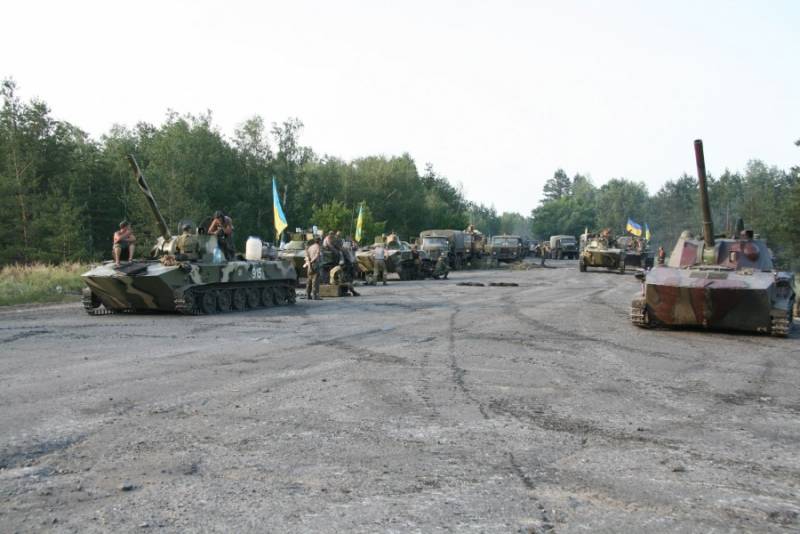
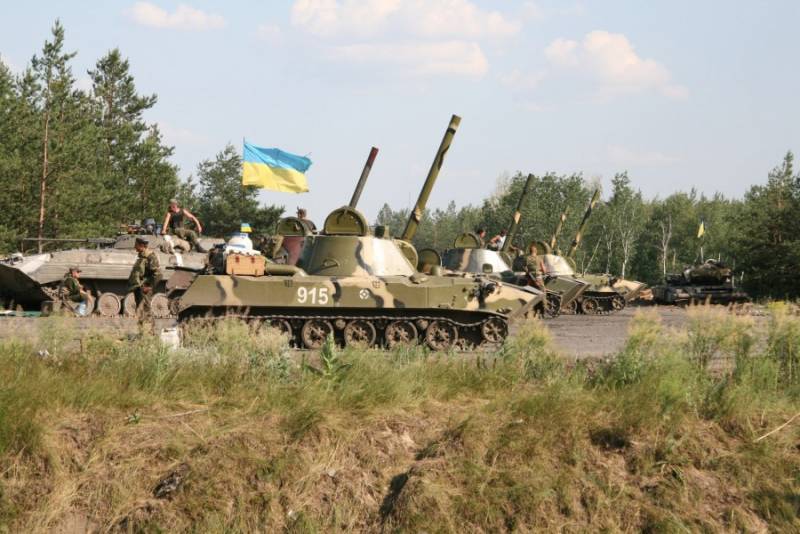
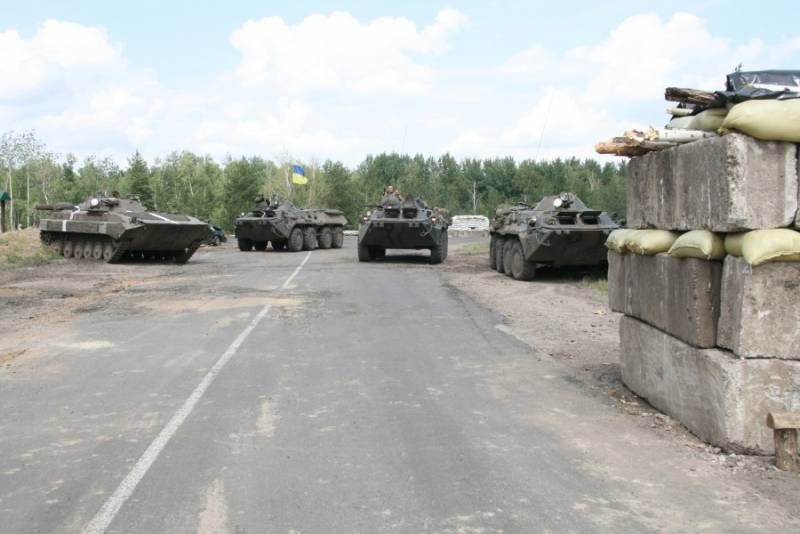
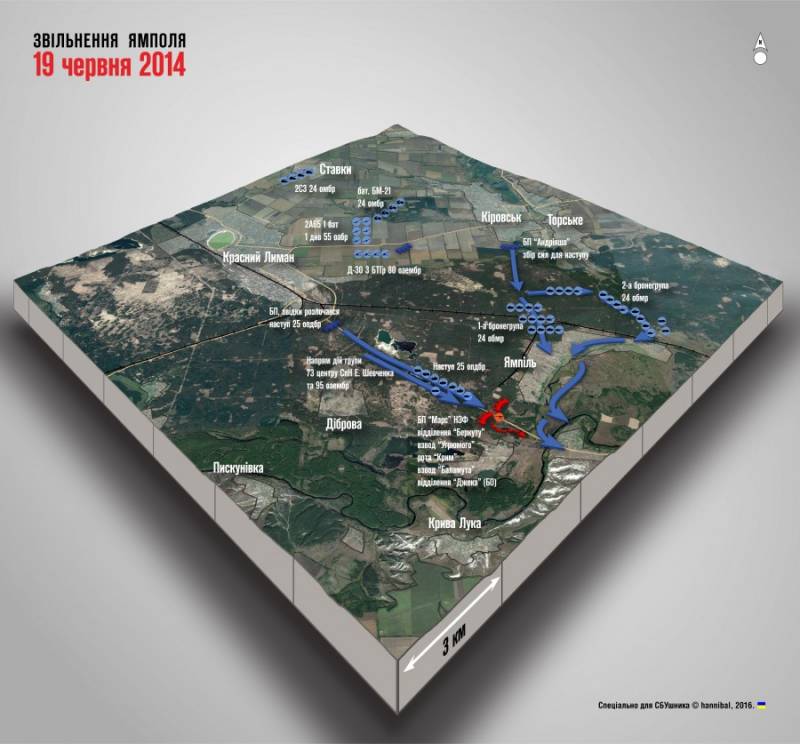
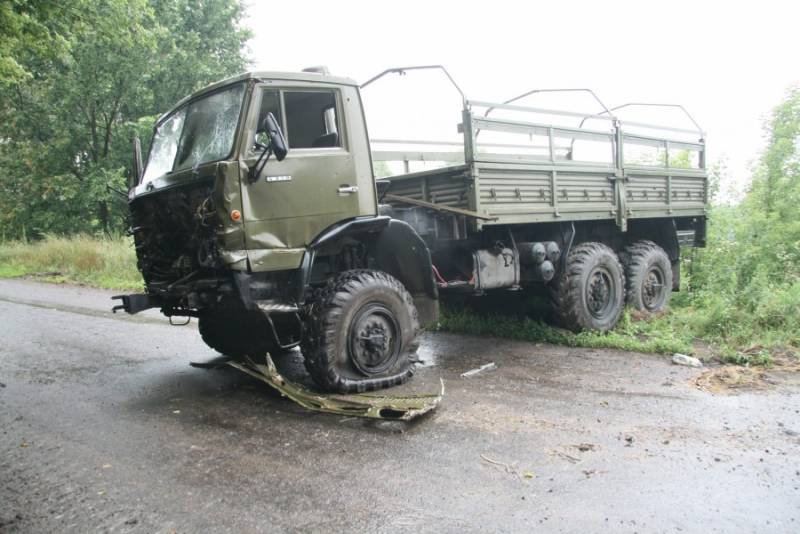
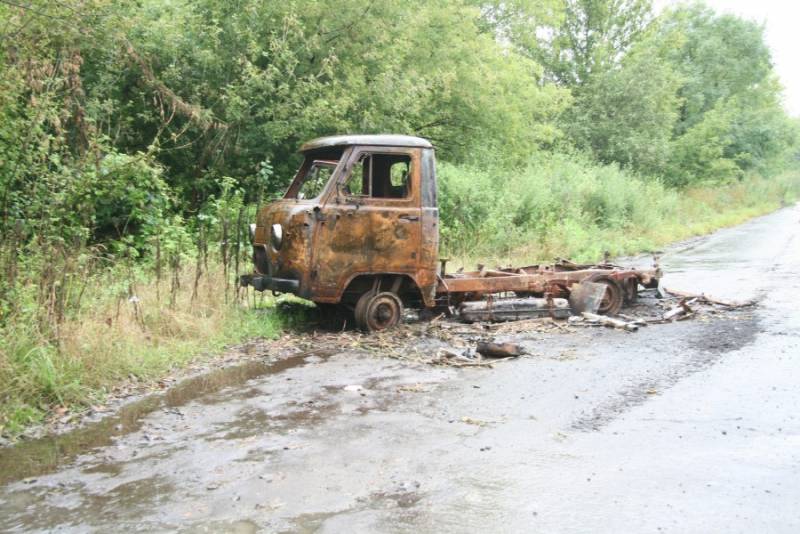
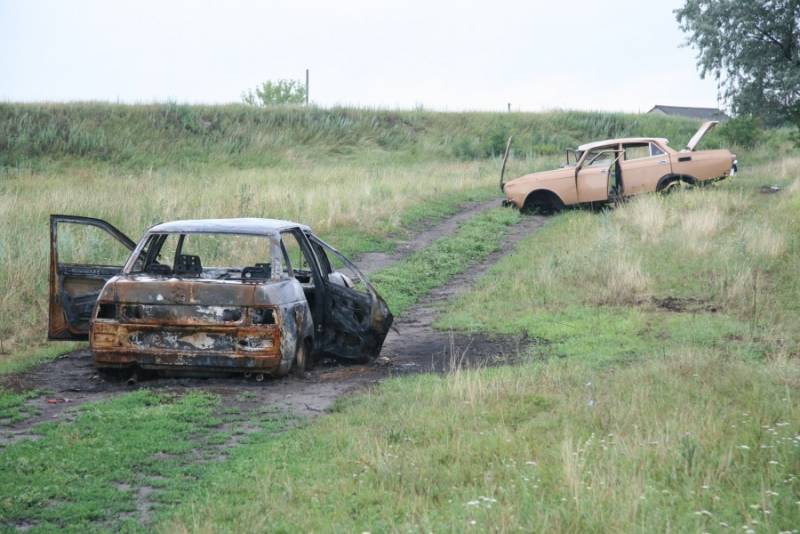
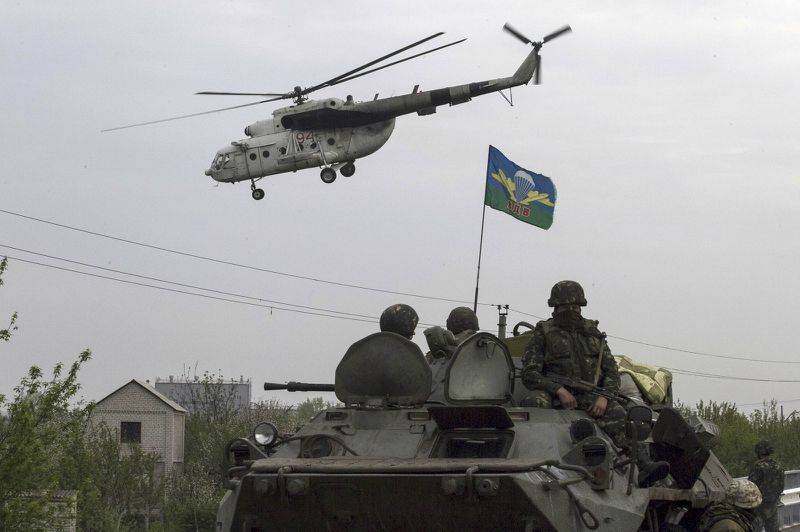
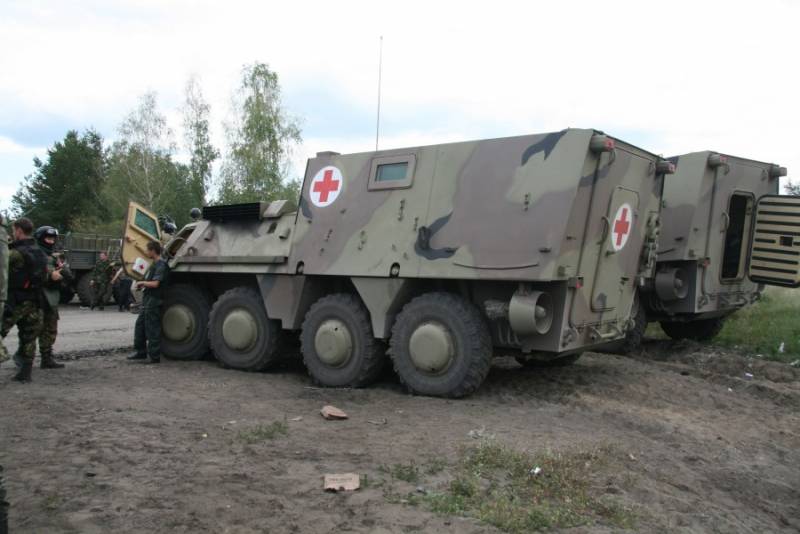
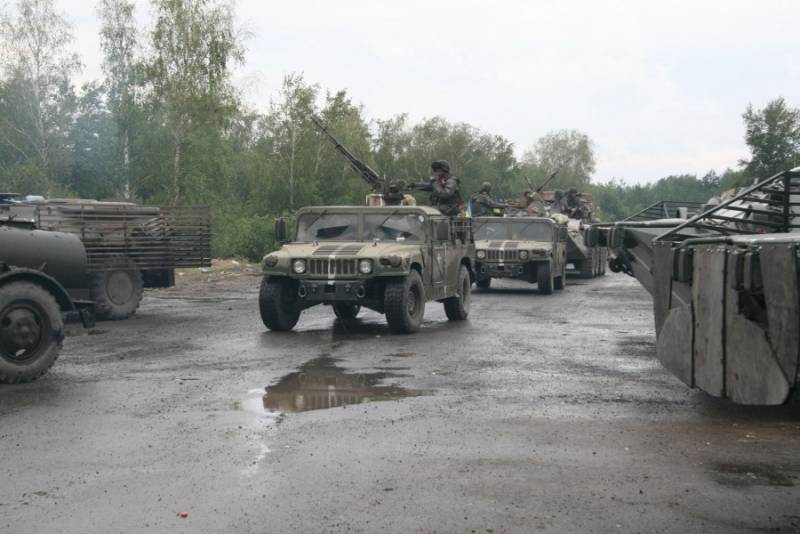
Information